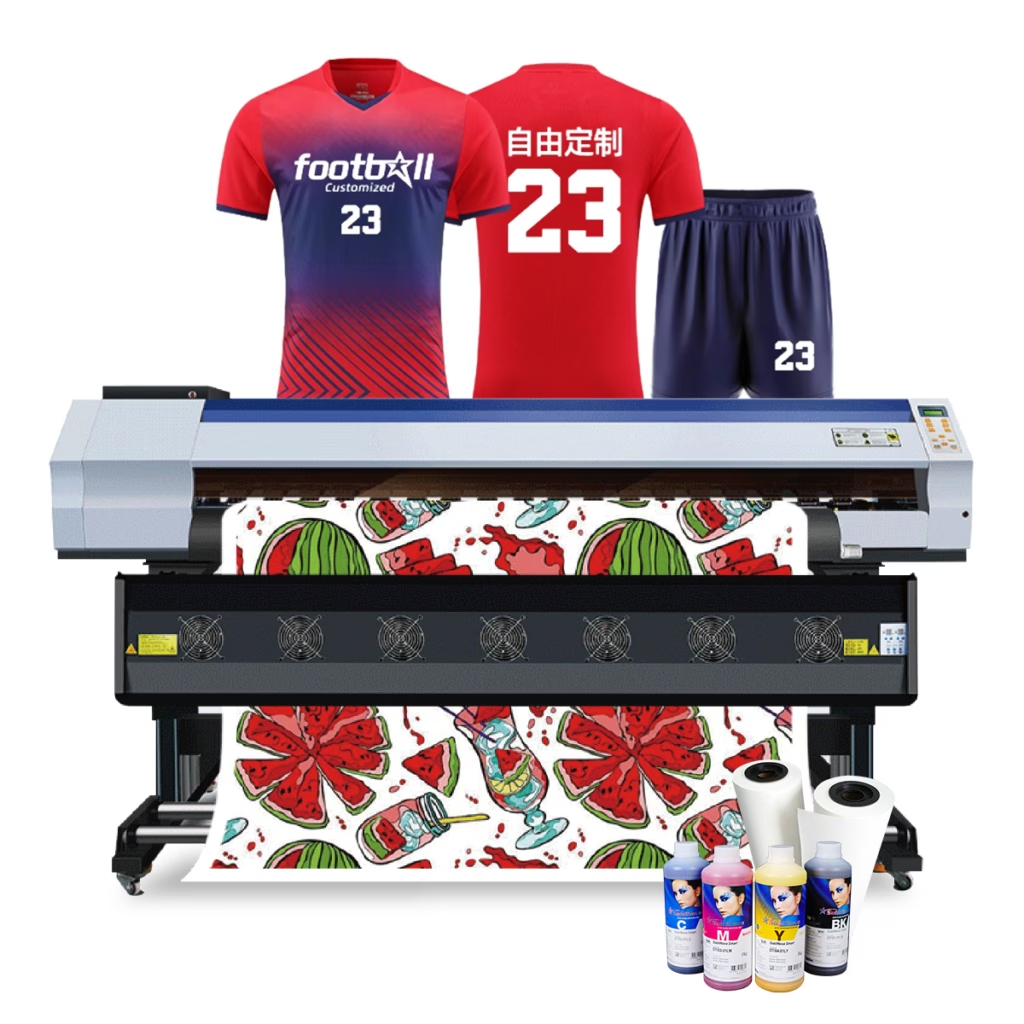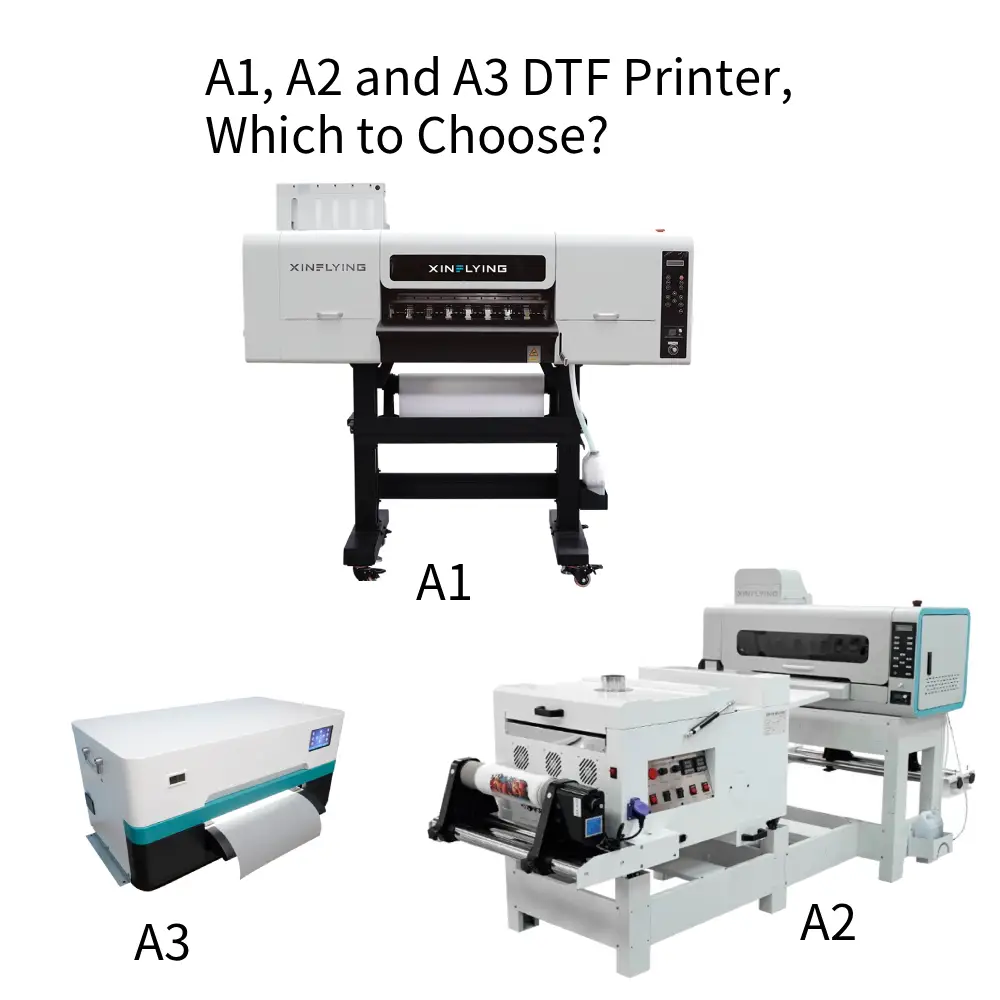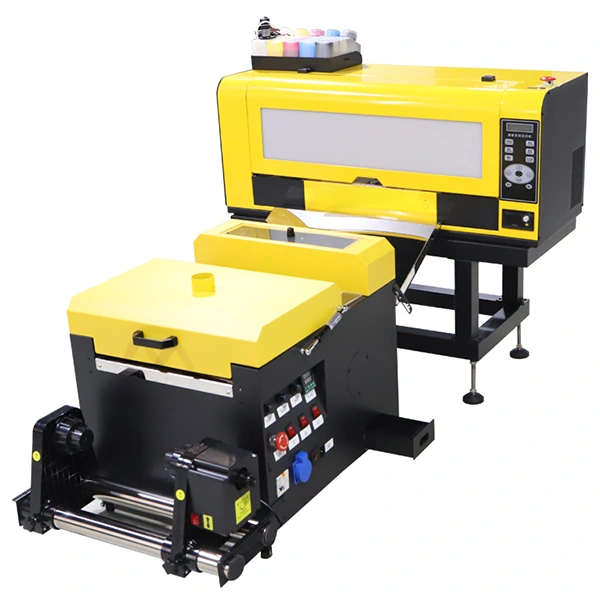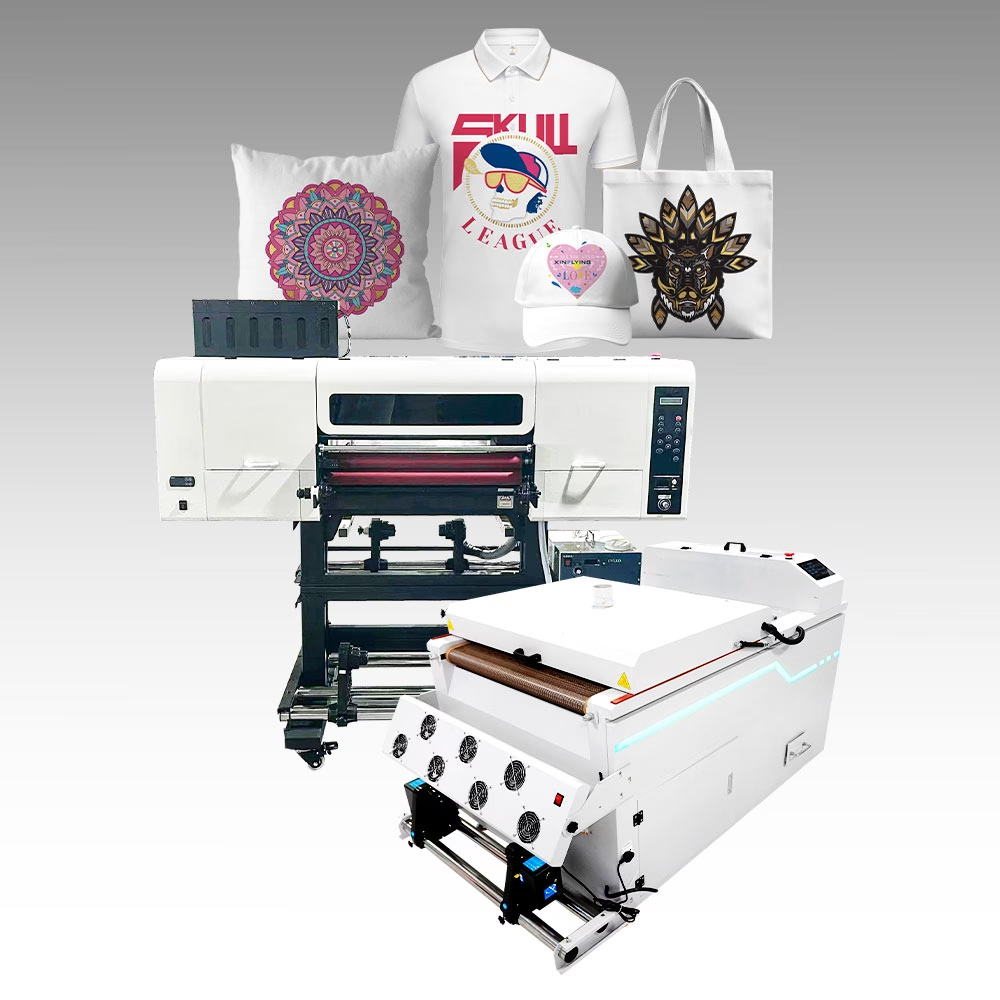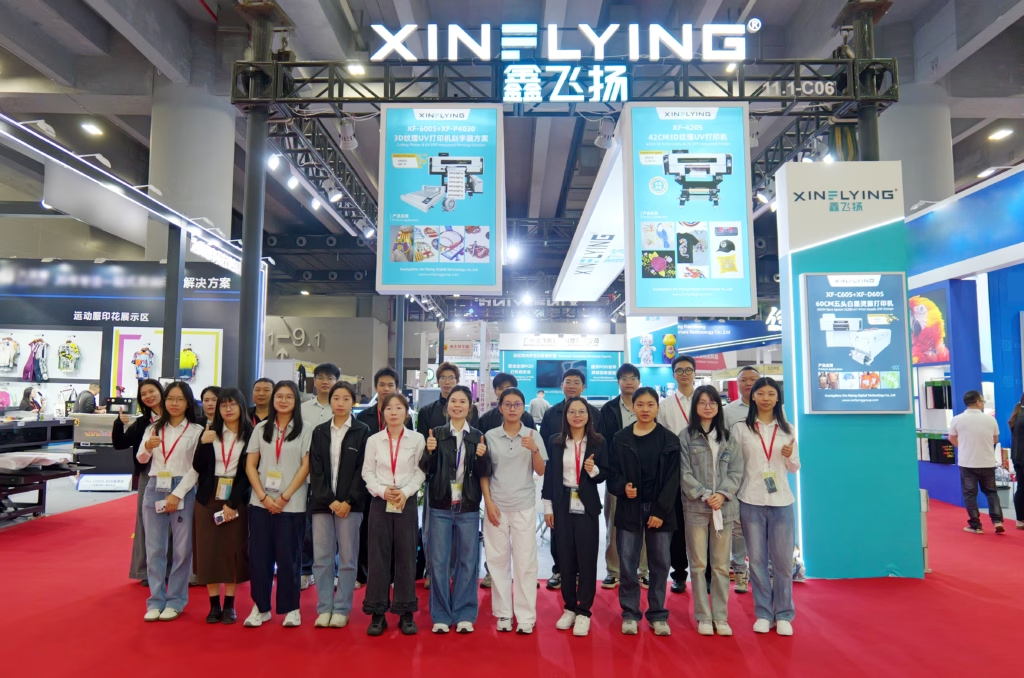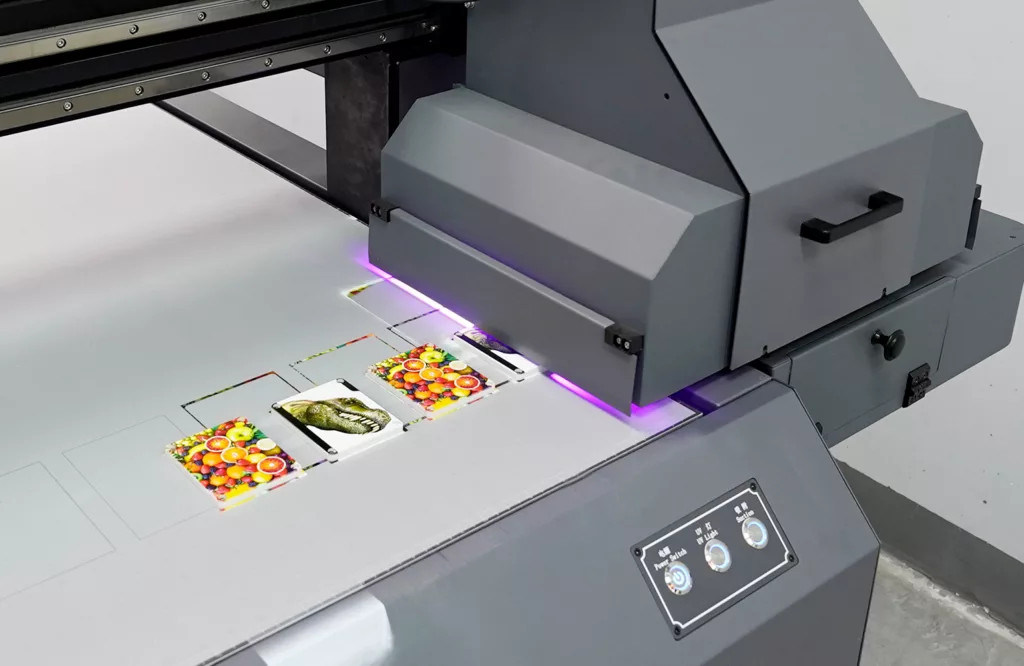
Šaltinis:„Pinterest“
Technologijos tobulina laiką, Ir buvo laikas, kai spausdinimas buvo apribotas popieriumi. Tačiau, Pradėta nauja spausdinimo era, Dabar galite atsispausdinti audinius, keramika, ir metalai. Ir tarp visų spausdintuvų, kuriuos gerai pripažino plačioji visuomenė, sublimacijos spausdinimas ir spausdinimas tiesiogiai įdarbinti yra dvi populiariausios ir sparčiai augančios spausdinimo rūšys. Šie du spausdinimo tipai turi keletą pagrindinių skirtumų, Bet jūs turite nustatyti, kuris tipas geriausiai tinka jūsų darbui, ir tenkina jūsų poreikius. Perskaičius ir supratęs vadovą, Galėsite nustatyti spausdinimo tipą, kuris tinka jūsų projektams.
Kas yra DTG spausdinimas
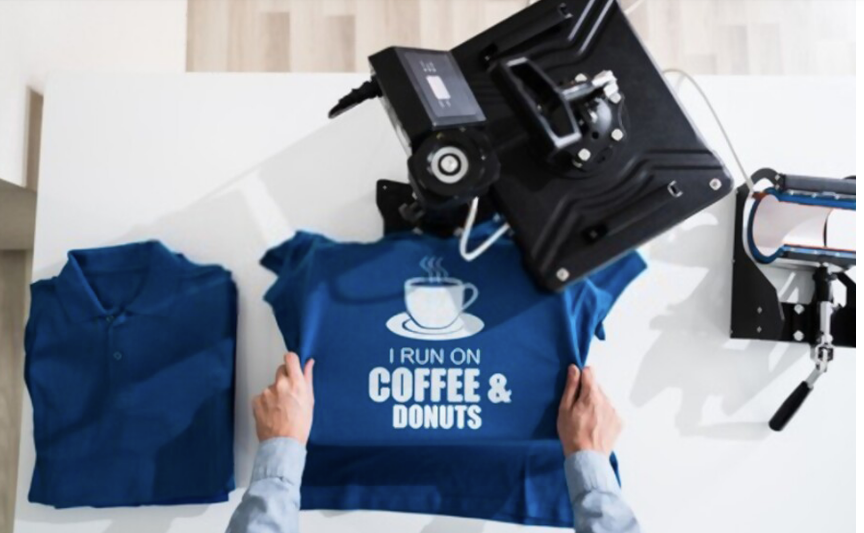
Šaltinis:„Pinterest“
Įvadas
DTG spausdinimas, dar žinomas kaip tiesioginis drabužių spausdinimas, yra Spausdinimo ant tekstilės būdas, Dažniausiai ant iš anksto pagamintų drabužių, tokių kaip marškinėliai.
Jūs spausdinate tiesiai ant marškinėlių, Kaip ir jūs su savo namų spausdintuvu. Su rašalais, Visos spalvos maišomos automatiškai, Leidžiant atspausdinti įvairius dizainus, kurių būtų neįmanoma pasiekti naudojant kitus spausdinimo būdus, tokius kaip ekrano spausdinimas. Nes tą patį dizainą galite naudoti neribotą skaičių spalvų, pavyzdžiui, Galite spausdinti fotorealistinius vaizdus ir gradientus.
Kaip veikia DTG spausdintuvas?
Tiesiogiai į drabužių spausdinimą (DTG) yra palyginti nauja koncepcija, kuri pirmą kartą tapo komerciškai prieinama dešimtajame dešimtmetyje. Nuo to laiko DTG nuėjo ilgą kelią ir vis dar yra spausdinimo spaudos pramonės rinkos lyderė. Jei dar nesate spausdinimo pramonė, Jums gali būti įdomu, “Kaip veikia DTG spausdinimas?” Procesas yra paprastesnis, nei jūs galite pagalvoti, ir labai skiriasi nuo tiesioginio spausdinimo ekrano.
Pirmas, Spausdintas dizainas sukuriamas ir siunčiamas į DTG spausdintuvą. Tada spausdintuvas pritaiko dizainą tiesiai į drabužius, naudodamas specializuotą „Inkjet“ technologija. Tai įvykdoma purškiant rašalą ant drabužio per mažus purkštukus, Panašiai kaip rašalo spausdintuvas daro popieriuje.
DTG spausdinimas, Skirtingai nuo kitų spausdinimo būdų, leidžia atspausdinti aukštą detalių lygį ir platų spalvų diapazoną. Taip yra dėl to, kad spausdintuvas naudoja specialius vandens pagrindu pagamintus dažus, kuriuos sugeria drabužio pluoštai, todėl susidaro aukštos kokybės ir ryškus spausdinimas.
Tinka audinių tipams
Audiniai klasifikuojami į tris tipus: natūralus, sintetinis, ir mišiniai. Ne visi audiniai yra tinkami tiesiogiai spausdinti drabužius, Taigi pažvelkime atidžiau.
DTG spausdinimas yra idealus sudėtingiems dizainams, turinčioms smulkių detalių ir kelių spalvų variantų.
Nes DTG spausdintuvai naudoja vandens pagrindu pagamintus rašalais, Geriausi rezultatai gaunami naudojant natūralius audinius, kurie sugeria skysčius. Rezultatas yra ryškios spalvos, kurios yra giliai įterptos į pluoštus, dėl to Aukšta prausimo ištvermė. Sintetiniai audiniai, kita vertus, Atminkite vandenį dėl jų plastinės kompozicijos.
Medvilnė, Šukuota medvilnė, Ekologiška medvilnė, Lininiai, šviesios spalvos poliesteris, ir natūralūs pluoštai įskaitant bambuką, kanapė, „Rayon“ ir dar daugiau yra tinkamiausios tekstilės gaminiai DTG spausdinimui. Be to, Jei turite tamsesnę medžiagą, Tai duos geriausius spausdinimo rezultatus.
Kas yra sublimacijos spausdinimas
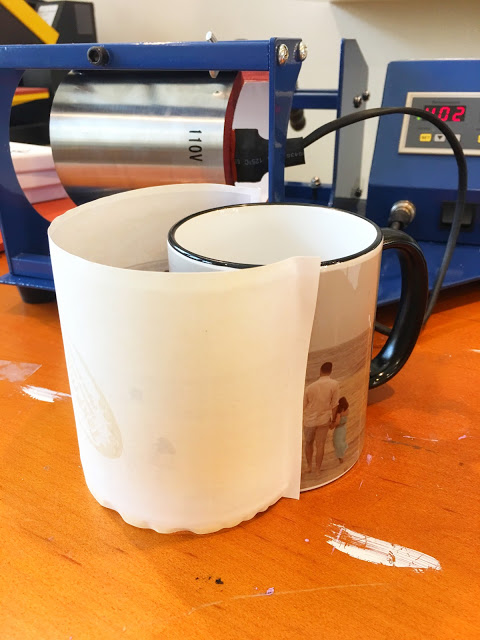
Šaltinis:„Pinterest“
Įvadas
Jums gali būti nepažįstami sublimacijos spausdinimas arba niekada apie tai negirdėjote, Bet tai neturi jokio skirtumo, nes esu tikras. Tiesą sakant, sublimacija yra procesas, kuriuo Kietosios dalelės tampa dujomis, nepraleisdamos skystos stadijos. Tai pasiekiama per žavų mokslą, apie ką mes per daug nesigilinsime į. Pakanka suprasti, kad naudojama šiluma ir perkėlimo medžiaga. Dėl to, Dujos persmelkia viršutinius sluoksnius, ką spausdinate, Originalaus spausdinimo dizaino atvaizdas pateikia puikiai aštrų ir aukštos skiriamosios gebos.
Kaip veikia sublimacinis spausdintuvas?
Taigi, Kaip tiksliai tai daro sublimacinis spausdintuvas dirbti? Pasirinkęs savo dizainą, Spausdinate jį ant specialiojo popieriaus su sublimacijos spausdintuvu. Tada dizainas atspausdinamas ant audinio, arba su šilumos presu, arba (Jei tai padaryta namuose) Taikant slėgį ir jį kepant. Norėdami perkelti dizainą ant audinio, Turėsite naudoti perdavimo popierių (paprastai Sublimacijos spausdinimo popierius). Derinant Sublimacijos spausdinimo rašalas Ir audinys, Rašalas tampa įterptas ir tokiu būdu gyvybingesnis ilgesnį laiką (Palyginti su kitais spausdinimo procesais). Šiluma iš spaudos ar krosnies atveria audinio poras, o audiniui daromas slėgis atvėsina rašalą, paversti jį kieta.
Procedūra yra panaši į tatuiruotę, išskyrus tai, kad jis skirtas jūsų pasirinktam produktui, o ne jūsų odai. Šiluma atveria audinio poras, ir kaip slėgis, Rašalas atvėsina ir grįžta į kietą.
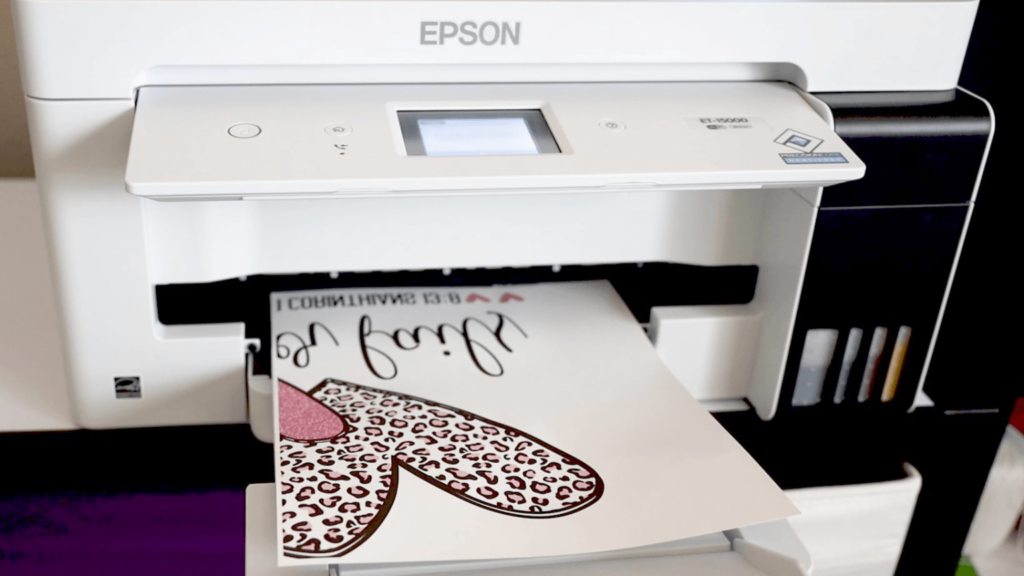
Šaltinis:„Pinterest“
Tinka audinių/produktų tipams
Jei norite pradėti savo spausdinimo verslą arba rasti sublimacijos spausdinimo mašinų gamintojas, arba jei norite pradėti naudoti procesą namuose, Turėtumėte žinoti, kokią medžiagą galite naudoti. Tai yra šie: Polycotton tekstilė, Polimeras, Poliesteris, Keramika, PVC, Poliesteriui padengtas aliuminis, Polimeras dengtas metalas, Poliesterio pagamintas audinys ir polimeras- padengtas plastikas.
Poliesteris arba keramika yra geriausia medžiaga, kurią reikia naudoti sublimacijos spausdinimui iš aukščiau esančio sąrašo. Skirtingai nuo tradicinio spausdinimo, kuris kiekvienam drabužiui gali pagaminti tik vieną logotipą, Galite naudoti įvairius dizainus ir logotipus ant audinio. Yra keletas dizainų, tačiau, Tai nelabai gali atspausdinti sublimaciją. Dizainai su blokinėmis spalvomis ir dizainais, kurie turi būti dedami visame drabužyje, yra to pavyzdys. Taip yra dėl galimybės “Vaiduoklis” ir spalvų neatitikimas, taip pat baltas dryželis. Be to, sublimacija leidžia spausdinti ant įvairių kietų paviršių. Sublimacijos spausdintuvai yra įvairių dydžių, Jei reikia, beveik du kartus spausdinimo sritis DTG spausdintuvui.
Ar yra kokių nors medžiagų, kurių negalima sublimuoti? 100% medvilnė ar kitos natūralios medžiagos nėra tinkami šiam spausdinimo metodui. Taip yra dėl to, kad jiems trūksta porų, reikalingų, kad rašalas būtų absorbuojamas. Jei dirbate su tokiomis medžiagomis, Skaitmeninis spausdinimas gali būti geresnis pasirinkimas.
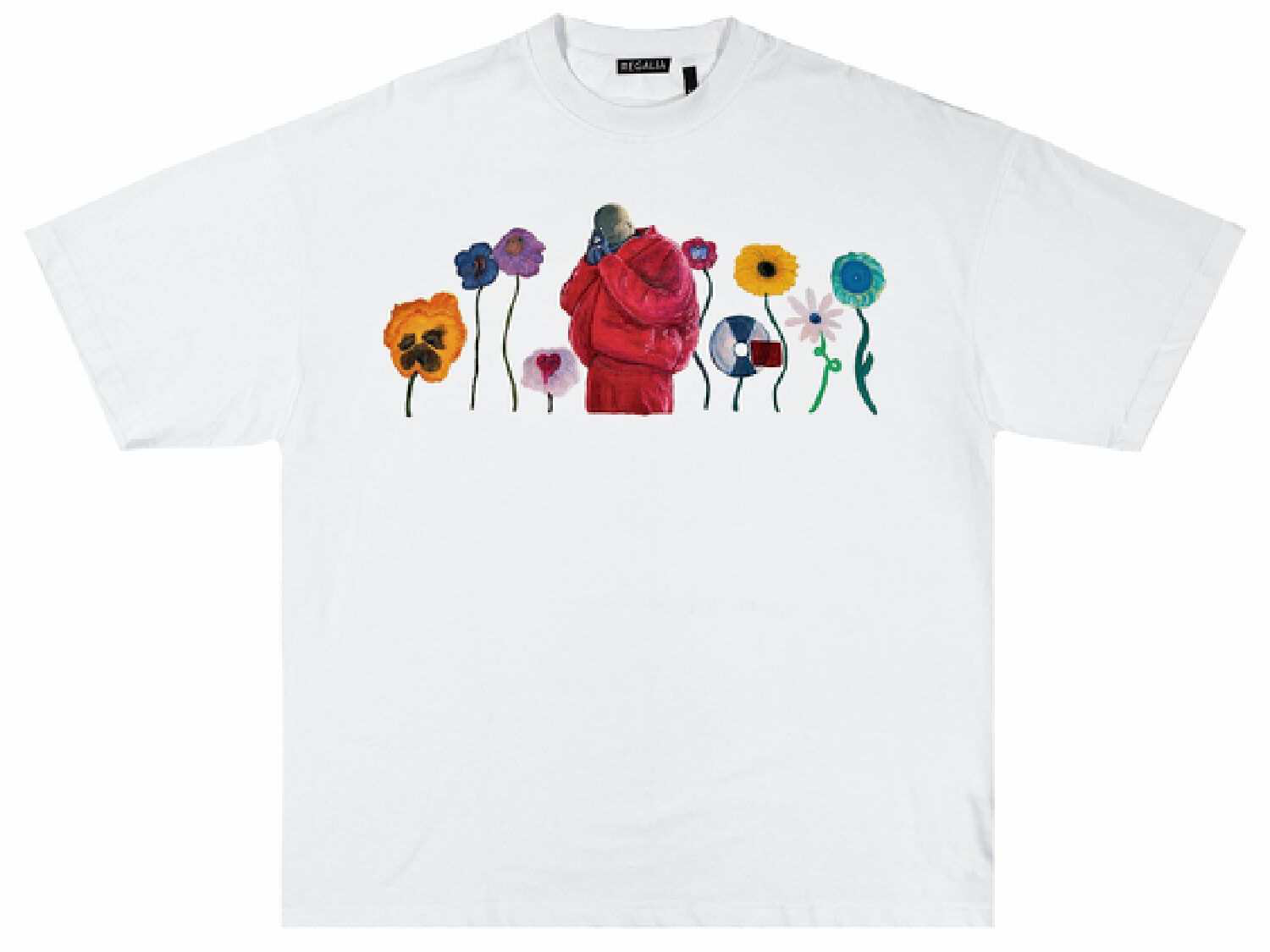
Šaltinis:„Pinterest“
Sublimacija vs. DTG spausdintuvas komerciniam naudojimui
Kaina: Spausdintuvo kaina ir rašalo kaina
Panašiam projektui, Sublimacijos ir skaitmeninio perdavimo spausdinimo išlaidų diapazonai yra palyginami. Tačiau, Spausdinimo išlaidos skiriasi priklausomai nuo naudojamos medžiagos ir reikalingo paruošimo. Taip pat yra sublimacijos ir DTG spausdintuvų. Jų kaina skiriasi priklausomai nuo dydis, kokybės, ir kitos profesinės savybės.
Kai palyginame abiejų spausdinimo metodų kainų struktūras, DTG spausdinimas yra tarsi pradedančia odos nuplėšimas. Aukštos kokybės DTG spausdintuvas gali kainuoti daugiau nei $15,000.
Šilumos spaudos mašina, skirta kietėti ir išankstinis gydymas $2000 ir $3000, plius išankstinio gydymo sprendimo kaina. Taigi bendra spausdintuvo sąrankos kaina yra šalia $30,000. DTG spausdintuvai, tačiau, kaip visiškai funkcinės spausdinimo stotys, yra Ilgalaikė investicija Tai gali atverti įvairias galimybes verslui.
Be to, sublimacija yra pigesnis spausdinimo būdas nei DTG. Sublimacijos spausdintuvai pradedantiesiems profesionalams gali kainuoti tarp $1,000 ir $15,000. Jums taip pat reikės geriausios šilumos preso, Kuris paprastai kainuoja tarp $500 ir $5000.
Skirtingi tipai rašalas yra naudojami abiejuose spausdinimo būduose. Sublimacijoje naudojamas tam tikro tipo rašalas žinomas kaip dažų sublimacijos rašalas. Tai yra ir atsparūs vandeniui, ir atsparūs smailiams. Paprastai, sublimation ink starts at around $20 (ish) for a set of four bottles and varies depending on the brand.
DTG spausdinimas, kita vertus, uses a special type of water-based textile ink known as aqueous ink. It can remove any type of pigment ink as well as dye ink. White ink is not required to print on a white shirt. The cost is approximately $0.28, whereas printing a black shirt requires white ink and costs $1.62. Dėl to, for DTG printers, printing a black shirt is nearly triple the cost of printing a white shirt, whereas sublimation printing has a negligible cost increase when printing on a black/colored shirt. This is because DTG requires a white base on colored/non-white shirts in order to bring out the colors. The additional layer of ink will raise the overall cost.
Jūsų produkto veislės
With a sublimation printer, puodeliai, socks, blankets, Keychains, clocks, ornaments, ir kitus daiktus galima atspausdinti tiek kietais, tiek minkštais paviršiais. Nėra jokių apribojimų, ką galima atspausdinti. Dėl to, turite daugiau galimybių, ką galite padaryti savo klientams.
Kalbant apie DTG spausdintuvą, Galite lengvai spausdinti skrybėles, Koozies, rankovės, pagalvių užvalkalai, drobės krepšiai, batus, drobės krepšiai, ir daug daugiau su tinkamais priedais ar išdėstymu. Bet prieš tai, Turėtumėte rasti patikimą DTG spausdintuvo įmonę. Jei norite platinti aukščiausios kokybės DTF spausdintuvus arba sukurti akį traukiančius drabužius & visų rūšių drabužiai, DTF spausdintuvo gamintojas iš Kinijos jums rekomenduojamas. Bet nesvarbu, kokie jums labiau patinka, Nepamirškite išsirinkti skaitmeninio tekstilės spausdintuvo gamintojo, kuris sukuria patenkinamus sprendimus, pritaikytus jūsų numatomoms substratams, ir talpos, suteikiant garantiją visą gyvenimą ir patogų naudojimą vartotojui.
Kiekis & Produktyvumas
Galėsite atspausdinti ar pagaminti didelius kiekius daiktų su sublimacijos spausdintuvu. Vienu mygtuko paspaudimu, Galite atlikti vienkartinį spausdinimą, Nuolatinis spausdinimas ant žiniasklaidos ritinių, ir net nenumatytas spausdinimas per naktį. Tačiau, Palyginti su DTG spausdinimu, sublimacinė spauda reikalauja, kad kiekvienas daiktas būtų paspaustas atskirai. Sublimacijos spausdinimo procesas reikalauja daugiau darbo Nes tai apima papildomą perkėlimo popieriaus spausdinimo žingsnį.
Nors DTG nėra idealus dideliems užsakymams, Tai gali Spausdinkite spalvotus dizainus daug greičiau nei kiti metodai, Dėl to, kad trūksta specializuotų trafaretų ar šilumos perdavimo substratų. Nėra sąrankos laiko, ir visas spalvas galima atspausdinti vienu metu.

Šaltinis:„Pinterest“
Išvada
Prieš sprendžiant tarp DTG ir sublimacijos spausdinimo, Apsvarstykite, kas geriausia jūsų verslui ir asmeniniams poreikiams. Tiesą sakant, Abu metodai yra veiksmingi gaminant aukštos kokybės produktus, kurie patenkins net labiausiai diskriminuojančius klientus.
Nesvarbu, ar pradedate naują verslą, ar plečiate esamą, Investuoti į DTG ar sublimacijos spausdinimo įrangą būtų protingas sprendimas. Pasirinktinės prekės, logotipai, ir skelbimus galima greitai ir lengvai sukurti abiem atvejais. Bet kokiu atveju, Abu spausdintuvai leidžia išplėsti savo kūrybines galimybes ir komercines galimybes.



























